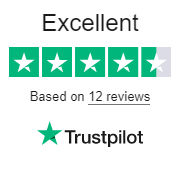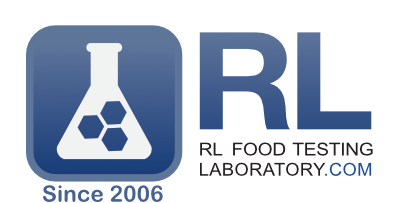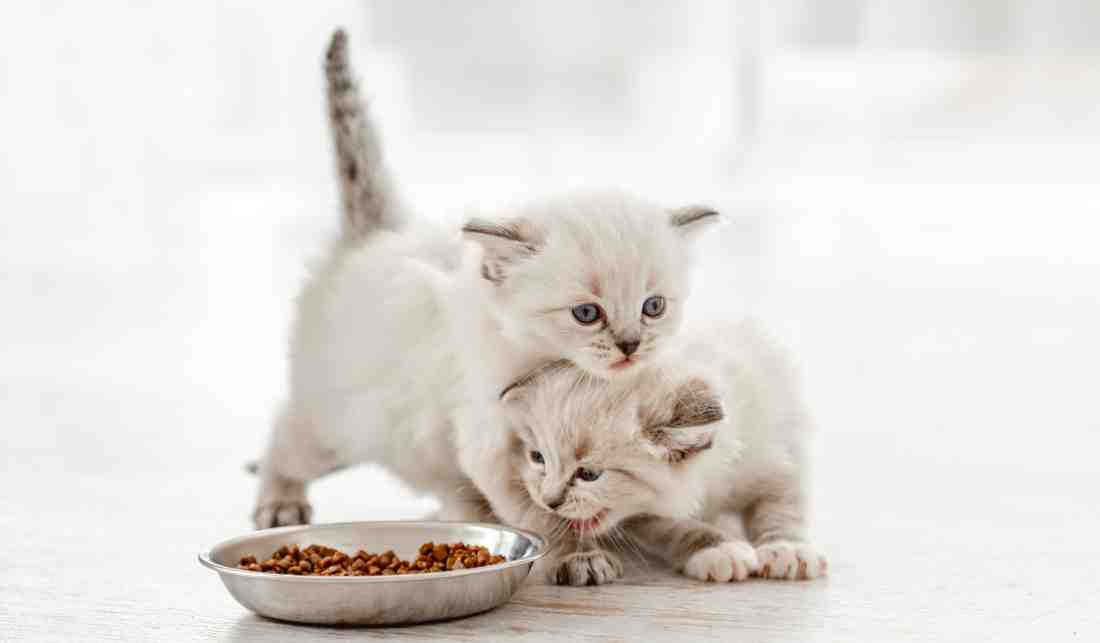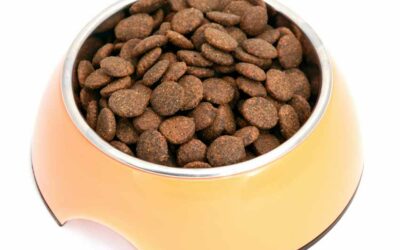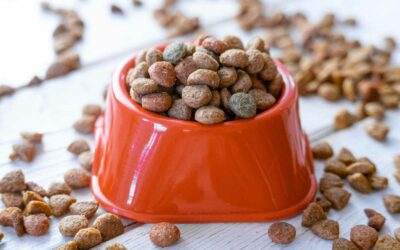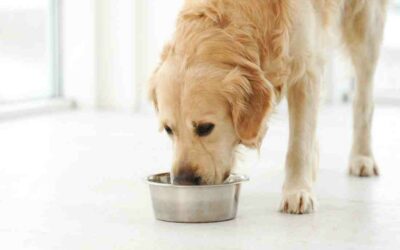AAFCO establishes nutrient profiles that cat food products must meet to be considered complete and balanced. These profiles are based on a cat’s life stage, such as growth and development, adult maintenance, and reproduction. The nutrient profiles set minimum requirements for protein, fat, fiber, vitamins, and minerals that must be present in cat food.
Several different types of laboratory tests are used in cat food testing to ensure that nutrient profiles are met. These include chemical analysis, microbiological testing, and feeding trials. Chemical analysis tests the nutrient content of cat food, while microbiological testing is used to detect harmful bacteria or other microorganisms that could cause illness. Feeding trials involve feeding cats a particular food and monitoring their health and wellbeing to assess its nutritional quality.
AAFCO also sets guidelines for testing cat food for contaminants. These guidelines require testing for substances such as mycotoxins, heavy metals, and pesticides. AAFCO also sets limits for contaminants in cat food to ensure that they are safe for consumption.
Pet food recalls due to contamination have become more common in recent years, and it’s important to recognize that cat food can also be affected. Through AAFCO guidelines and laboratory testing, harmful substances can be identified and prevented from reaching the market.
Cat food testing is a crucial process that ensures the safety and nutritional quality of the food we give to our feline companions, with guidelines set forth by AAFCO. Through chemical analysis, microbiological testing, and feeding trials, nutrient profiles can be met and contaminants can be identified and prevented. With AAFCO guidelines and laboratory testing, we can keep our cats healthy and happy.
Check out our article on AAFCO to learn more about the non profit agency that provides guidelines on testing protocols and labeling. About 22 states currently require compliance with AAFCO guidelines.


